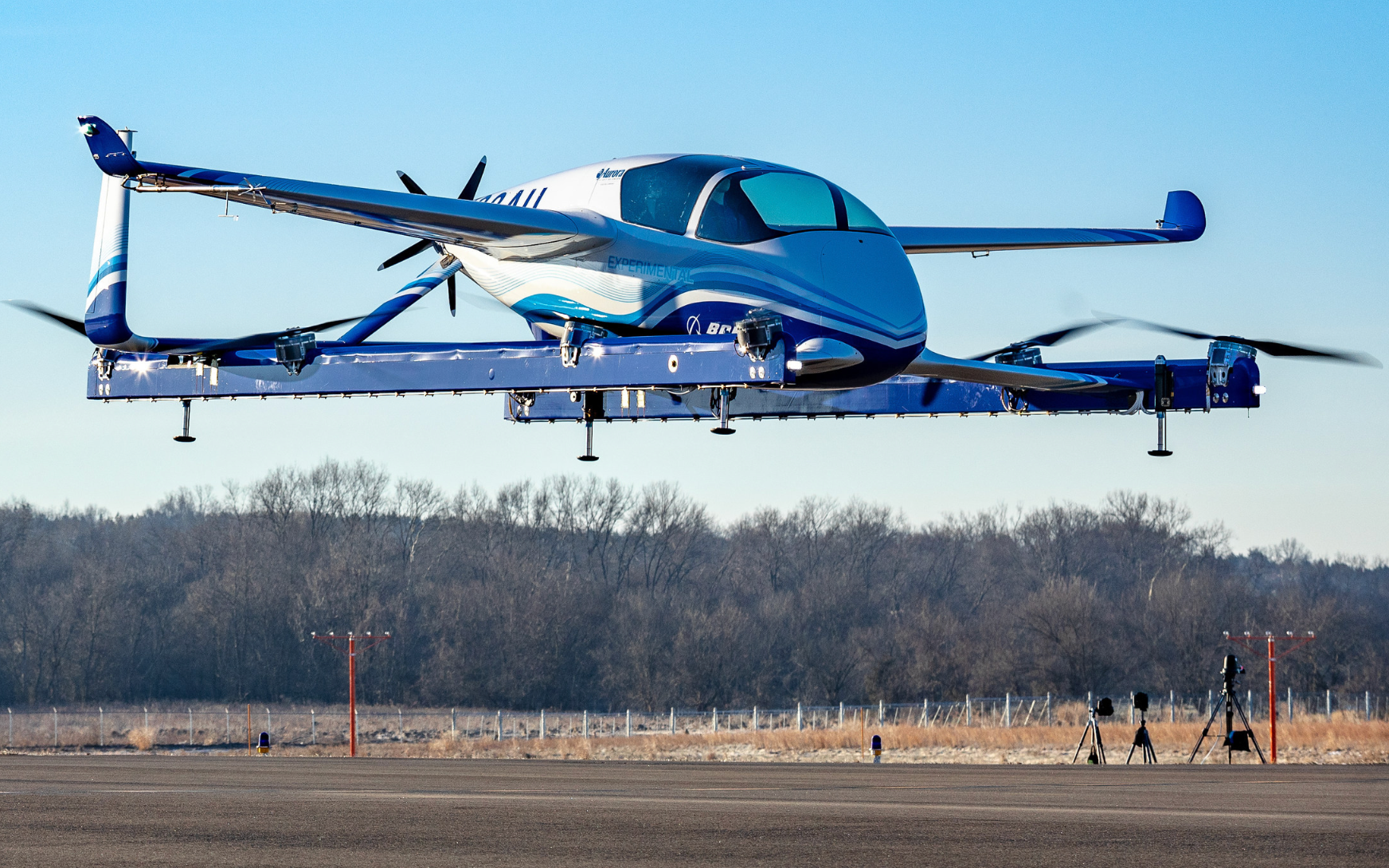Flying Uber taxis could become a reality by 2023 after successful Boeing test flight
Uber Air is planned to take off in California and Texas in four years, but many hurdles remain

Your support helps us to tell the story
From reproductive rights to climate change to Big Tech, The Independent is on the ground when the story is developing. Whether it's investigating the financials of Elon Musk's pro-Trump PAC or producing our latest documentary, 'The A Word', which shines a light on the American women fighting for reproductive rights, we know how important it is to parse out the facts from the messaging.
At such a critical moment in US history, we need reporters on the ground. Your donation allows us to keep sending journalists to speak to both sides of the story.
The Independent is trusted by Americans across the entire political spectrum. And unlike many other quality news outlets, we choose not to lock Americans out of our reporting and analysis with paywalls. We believe quality journalism should be available to everyone, paid for by those who can afford it.
Your support makes all the difference.Pilotless air taxis have moved closer to becoming a reality after Boeing successfully completed its first test flight of a passenger air vehicle.
The prototype is a vertical takeoff and landing (VTOL) autonomous craft. It lifted off from the company’s plant in Manassas, Virginia, hovered and landed safely.
The battery-powered aircraft is 30 feet long and 28 feet wide, and looks rather like a giant drone.
Boeing’s chief technology officer, Greg Hyslop, said: “In one year, we have progressed from a conceptual design to a flying prototype.”
In 2017 the manufacturer acquired Aurora Flight Sciences, which has been working with Uber to create the means for an airborne ride-sharing network.
Boeing is in a race with Airbus and other enterprises to create a suitable craft for short on-demand flights between and within cities.
The successful test of takeoff and landing is an essential first stage, but since VTOL was first developed in the 20th century the biggest technological hurdle has been switching between vertical and forward-flight modes.

“This transition phase is typically the most significant engineering challenge for any high-speed VTOL aircraft,” Boeing acknowledged.
Uber says: “On-demand aviation has the potential to radically improve urban mobility, giving people back time lost in their daily commutes.
“Imagine travelling from San Francisco’s Marina to work in downtown San Jose – a drive that would normally occupy the better part of two hours – in only 15 minutes.”
An Uber Air network is planned to begin in Los Angeles and the Dallas-Fort Worth conurbation in 2023.
“This is what revolution looks like,” said John Langford, president and chief executive of Aurora Flight Sciences. “Certifiable autonomy is going to make quiet, clean and safe urban air mobility possible.”
But Uber acknowledges: “VTOL aircraft are new from a certification standpoint, and progress with certification of new aircraft concepts has historically been very slow.”
Developing and certifying a viable flying taxi solves only part of the problem. The aircraft would be sharing the skies with commercial planes – already airspace in the LA and Dallas-Fort Worth areas is congested, with multiple airports – and possibly cargo air vehicles and driverless parcel-delivery drones.
Uber has set its initial target for acceptable risk: “A safety level that is twice that of driving a car based on number of fatalities-per-passenger mile.”
Join our commenting forum
Join thought-provoking conversations, follow other Independent readers and see their replies
Comments